Last week, we took an in-depth look at some of the best coilovers on a budget. This week, we’re sticking with drivability and performance modifications that are guaranteed to offer better results than more horsepower. If you plan on improving your car’s performance capabilities, want a better overall driving experience, or it’s just time for some routine maintenance, then this article is for you. We’re looking at brake upgrades this week, so grab that morning coffee and join us as we explore some of the common questions about which brake upgrades are right for your car.
Now, we’d like to preface this with a caveat; if you don’t do anything more than commute with your car, or it’s a dedicated track toy, not much here is going to apply to you. However, if you fall between those two categories and want better braking performance for a street-driven car that might see some AutoX or track time, this is for you. First, let’s do a bit of definition here.
We all know brakes stop our cars, even the most casual of drivers are aware their pads and rotors bring them to a stop and require replacement at regular intervals. However, most folks just drop their car at the dealership or local service shop, wait a few hours, and they’ve got new brakes. For us enthusiasts, we like to know what’s in our cars and why. That’s why consciously making choices about what brake components are right for your needs and goals is best practice.
Pads

The brake pad is what bites against your rotor and generates friction that slows or stops your vehicle, but not all pads are created equal. Economy brake pad compounds, like those used on standard commuter vehicles from the factory, are designed to run at mild temperatures. They have a high initial bite force for quick stops with no heat in the brakes, but they fade quickly. This makes them less than ideal for any kind of performance driving, whether on the street or track, as they just don’t hold up to temperatures you can experience even in some regular driving. For instance, driving down a long, steep, grade, you might notice your brakes fade, fluid boils, and eventually fail if burned for too long. While economy pads are perfectly fine for anyone simply commuting or making a grocery run, they aren’t suited for even spirited drives through the back roads. Similarly, racing pads have a low initial bite, require high heat, and resist fade under the harshest conditions. However, since they don’t like to stop without temperature, they’re less than ideal for any street driving. You need something squarely in the middle if you plan to take your car to work or school during the week and then the track or back roads for the weekend.
We suggest HAWK Performance, which offers a range of pad compounds designed to handle both street and track duty with minimal sacrifice under each condition. Of course, no pad designed to work in multiple situations will work as well in some ways as dedicated pads, but having the ability to perform better on the street and track without changing pads is a huge benefit. Regardless, all their performance compounds are better for hard-driving than economy pads on the track while retaining an ability to be useful under casual driving conditions, unlike dedicated track pads. This helpful graph demonstrates initial bite force and temperature ranges for all of HAWK’s current offerings and can help you decide which pads are right for your needs.

Rotors
Rotors, much like pads, come in a variety of designs for different uses. Of course, with each option, there will be trade-offs in one form or another, the idea is to settle on something that meets your priority order with their design.
OEM
If you’re never at the track and the most you do is commute and occasionally go carve some back roads, OEM or OE-style standard rotors are likely fine. While you likely won’t have directional vanes for heat management or any weight reduction, a good set of pads with a brand new set of OE rotors will still give you a significant improvement in stopping distance and brake feel over a fully stock setup. We have tons of options to choose between from brands you trust who offer rotors to fit your budget.
Full Face
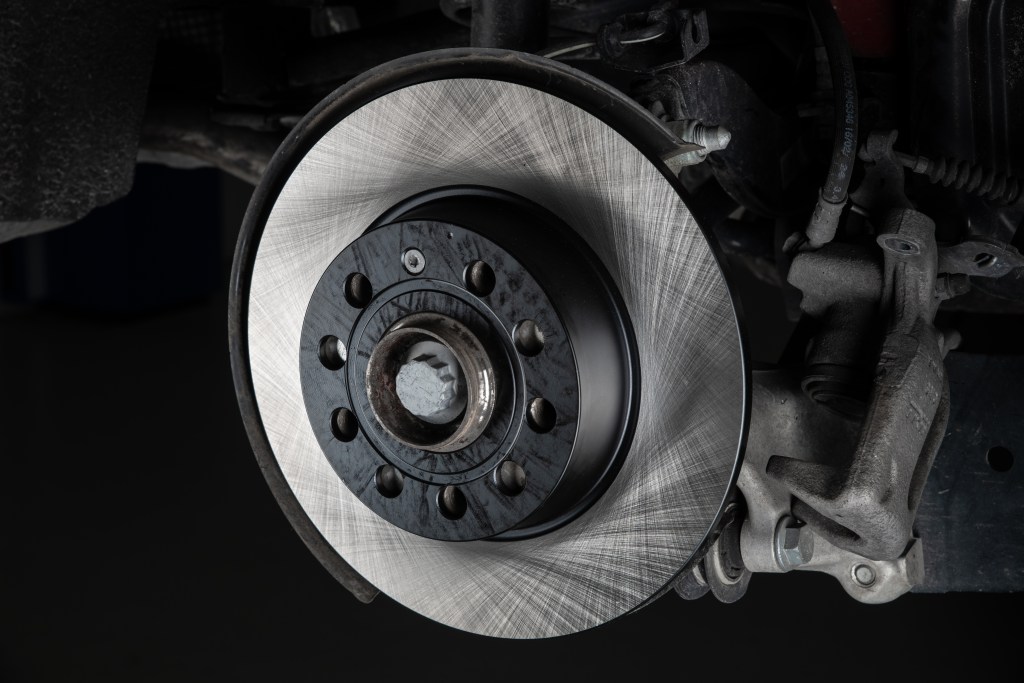
While they may look just like a standard set of rotors, an upgraded set of full-face rotors (anything without drilling/slotting) can hide performance you can’t see, which makes them incredibly competitive options. Many upgraded full-face rotors feature directional internal vanes for improved airflow and heat management while the physical rotor weight is reduced when compared to standard OE economy rotors. Weight, friction surface area, and heat are the three biggest things to consider with rotors. While they won’t be as light or resist heat like a drilled and slotted rotor will, what full-face rotors bring to the table is the greatest amount of surface area and better than standard heat resistance. The advantage of a full-face style rotor is knowing 100% of the surface area is physically experiencing resistance against the pad, which brings you to a stop faster and harder.
Drilled / Slotted
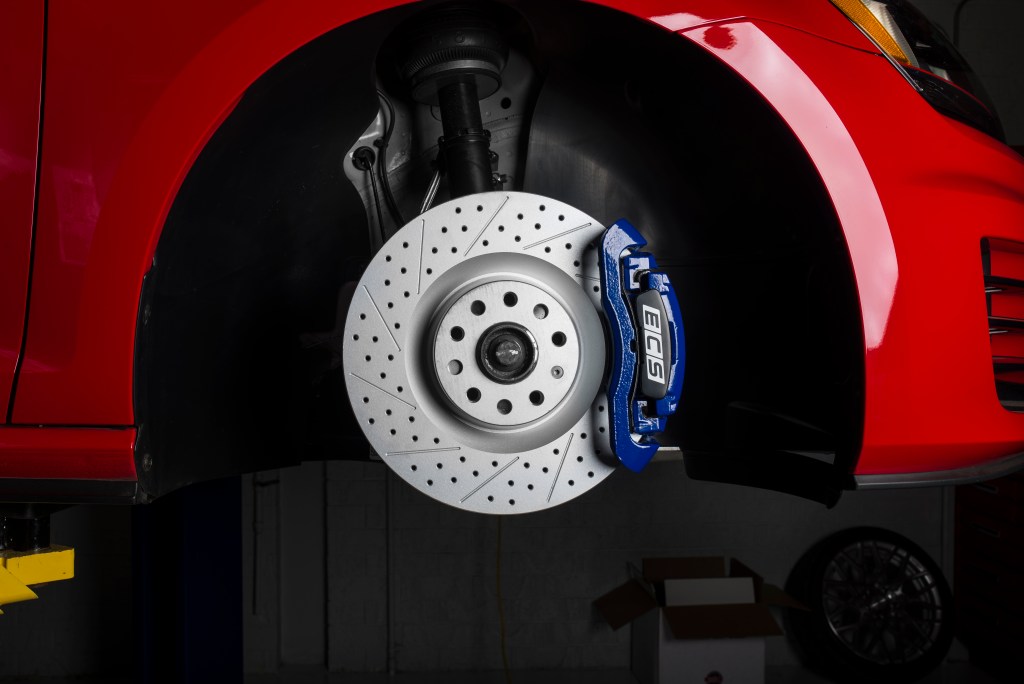
The most extreme of the rotor designs, drilled and slotted rotors are often popular because they ‘look the part.’ They certainly do have impressive appearances and sport often unique and catchy patterns or designs, but they might not be your best bet on a street-driven car. Remember, it’s all about surface area and friction. When you remove material from the rotor face by drilling and slotting, you’re sacrificing that surface area for weight reduction and temperature management. If you never see the track, you won’t get any of those benefits and will be left with this design’s biggest downside: a smaller friction surface area. Now, if you just want to look cool and it doesn’t matter, sure, go for it. If you’re planning on spending at least a few weekends at the track and they don’t carry a penalty or handicap, then go for the drilled and slotted option!
Slotted

A nice compromise between the full-face and drilled/slotted rotor design is a slotted rotor. You maintain more friction surface area, shed a bit of weight, and have the ‘cutting edge’ of the rotor helping to grab that pad surface for a high initial bite. When paired with a street performance pad, like HAWK HPS 5.0, you’ll experience a hearty bite, resist fade for longer, and can easily split duty between the street and track. If you have to have a rotor that isn’t plain, slotted is the way to go, especially if you see any performance driving conditions.
Drilled
The opposite of just slotted is just drilled. Some cars, like the Porsche 911 Carreras, feature drilled rotors from the factory. The purpose of the drilled holes is to reduce weight and improve heat resistance, the downside is strength. Under high-temp conditions, it is possible (not likely, but still worth mentioning) that you can crack this type of rotor if they get hot enough for long enough. However, that shouldn’t deter you from considering a set of drilled rotors. If you are looking for a lightweight option that focuses on heat management, resists fade, and looks good behind your wheels, a drilled rotor might be right for you.
Two-Piece Floating/Semi-Floating
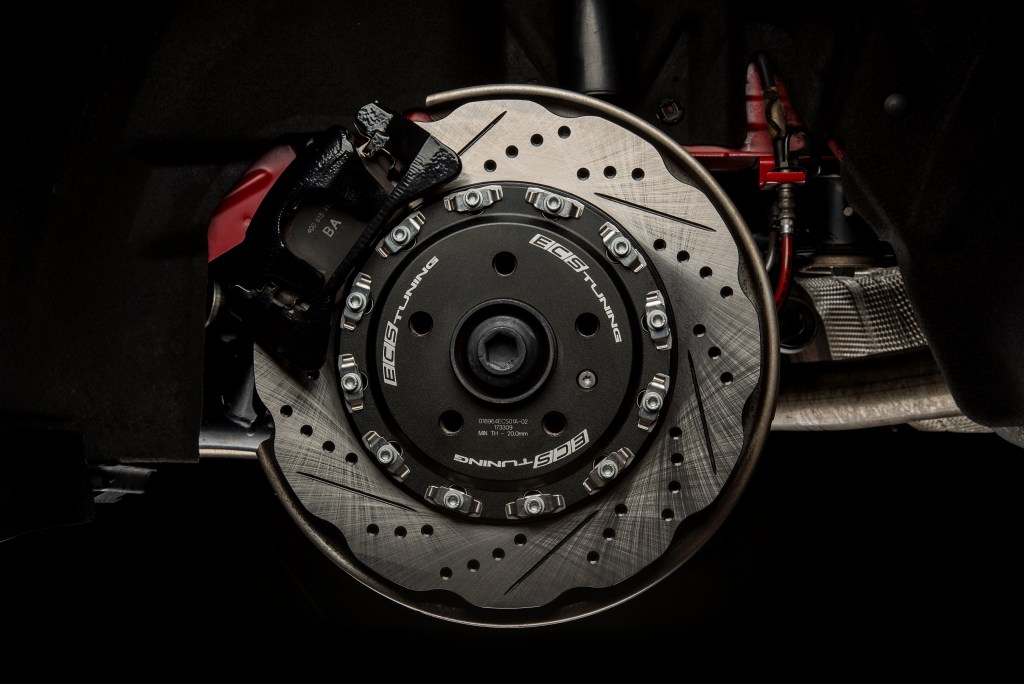
For the ultimate solution in weight reduction, temperature resistance, and surface area, two-piece rotors that feature either fully-floating or semi-floating construction offer the best all-around rotor option on the market when it comes to factory fitment options. But if there’s no physical downside, there has to be a catch, right? Unfortunately, yes. They are often the most expensive options available, with common sets running upwards of $1,000 just for the rotors themselves. So, if you want the best brake rotor for all-around performance driving, you’re going to have to fork over some cash. These are also often either drilled and slotted or just drilled/just slotted. So bear that in mind if you value surface area over weight reduction and heat reduction.
Assembled By ECS Stock Brake Service Kits
Assembled By ECS Performance Brake Kits
Lines
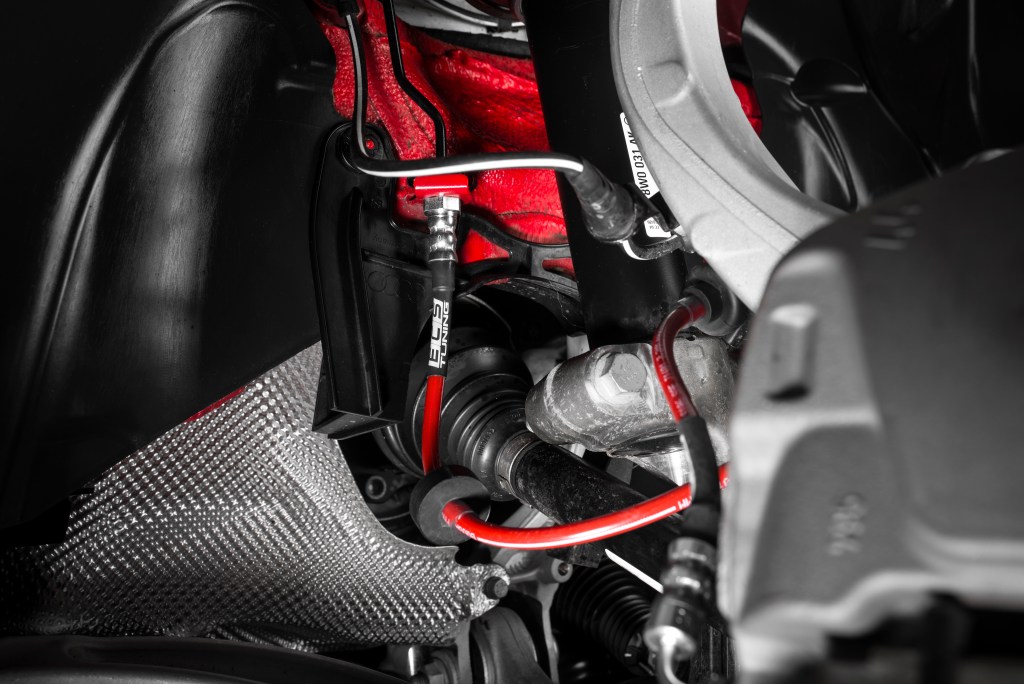
Moving to the hydraulic side of things, brake lines carry the fluid from your brake hydraulic system to your calipers. When you press the pedal, the system is pressurized and the fluid physically pushes your caliper pistons into your brake pads which mate against the rotors.
OE
The brake hoses found on nearly all vehicles from the factory are simple rubber reinforced hydraulic lines. They work just fine under nearly all conditions, but, by design, offer a softer pedal feel and are vaguer than other options. This is due to the rubber hose expanding under pressure, which translates to unused pedal travel. If you want the most responsive brake pedal and feel possible, it’s time to upgrade.
Stainless Steel
If you want a much more responsive and rewarding feel from your brake pedal as well as near-instant pad engagement, you need stainless steel brake lines. A Teflon inner channel reinforced by stainless steel braided casing resists fluid expansion, which means when you press the pedal, none of that pedal travel is being wasted on the lines expanding before fluid is pushed to your calipers. Stainless lines are also incredibly durable and outlive rubber factory hoses, but there’s a catch – inspecting your brake lines should be habitual during any vehicle service like oil changes and brake services, but stainless lines are hard to inspect. Due to the stainless woven casing, you can’t physically see the condition of the internal lines. Just make sure you’re extra attentive when inspecting for any fluid seepage or wear spots and you’ll be fine.
Assembled By ECS Stainless Brake Lines + Brake Fluid Service Kits
ECS Exact-Fit Stainless Steel Brake Lines
Turner Motorsport Stainless Steel Brake Lines
StopTech Stainless Steel Brake Lines
Big Brake Kits
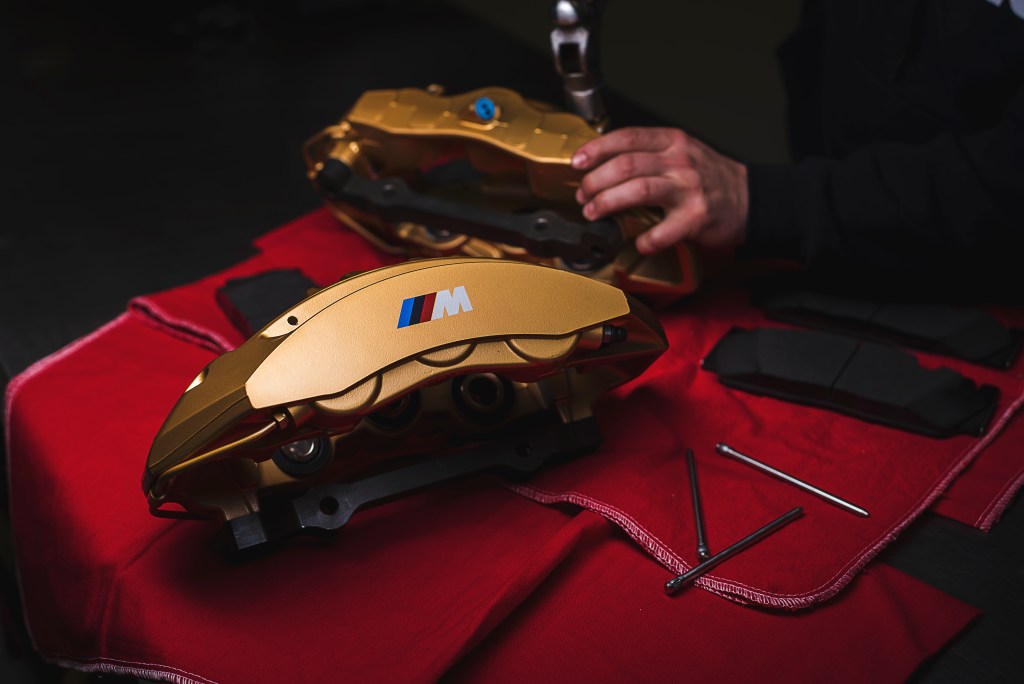
What if you want the absolute most out of your braking system, need an exponential improvement, and want it to look better than anything else? Well, big brakes are likely the answer. While you don’t absolutely need big brakes for even a vehicle that sees moderate track use, they’re still worth considering if style points are up there on your priority list.
Big brakes replace every component of your braking system. Calipers, pads, rotors, lines, and, in many cases, require a different master cylinder, booster, or even proportioning valve to ensure your brake bias from the front to rear doesn’t change too dramatically. The benefits of big brake kits, whether it’s an aftermarket kit designed for your car like StopTech offers, or a set of retrofitted parts from a high-performance car that had them equipped from the factory. It’s perhaps more popular to convert using caliper adapters to run something like Porsche 17z Brembo brake calipers due to the used market availability, but you can still make these upgrades with brand new parts, it just depends on how deep your pockets are.
Bigger calipers with more pistons mean your pads experience more even and consistent bite, which translates to greater stopping forces. Plus, they look friggin’ sweet.
Big brakes also use a slightly different design for the pads. Not the material itself, but they often feature a hanging pad rather than one that nests inside rails on the caliper, which means less resistance and quicker brake engagement.
With rotors, you’re going to need something of greater diameter to match your bigger calipers. If you thought the calipers and adapters were expensive, just wait. Adding a set of big brake rotors will make your heart skip a beat… or five. However, that additional cost comes with great benefits. We’ve already discussed the semi-floating and full-floating design, which many big brake kits include, so no need to repeat ourselves. Just know, for the best performance option possible, you’ll be paying the highest cost. If performance, looks, and the widest range of capabilities all outrank cost in your list of priorities, you honestly can’t go wrong with a big brake upgrade. However, if you’re on a budget, you won’t be missing much more than looks when you opt for just pads, rotors, lines, and high-temp fluid.
Assembled By ECS Big Brake Kits
Wrapping Up
Of course, we have all these options available for you to pick and choose your optimal setup along with pre-assembled kits for a simple stock replacement or even performance-oriented drivers. The main point to take away is that you can achieve some incredible brake performance results without spending a ton of money if you don’t want to. Just about any amateur or semi-professional driver will tell you the same; spend your money on good pads, good rotors, good fluid, and good lines. You’ll be more than able to tackle the street driving and mild track or AutoX driving you’d ever experience.


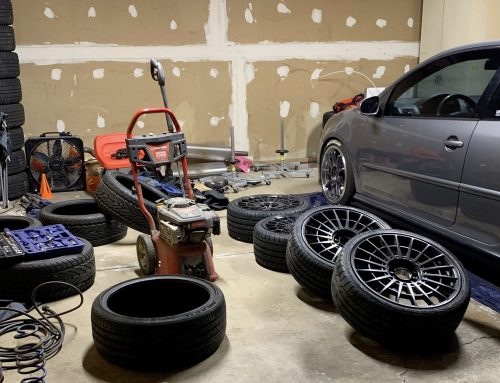
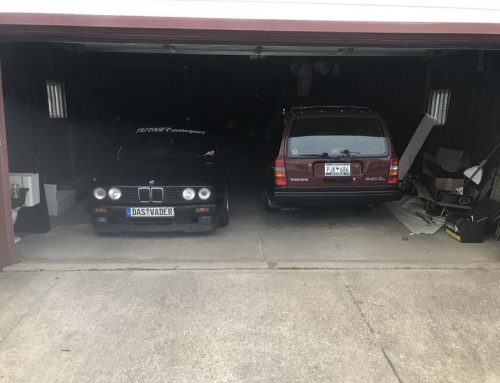



Thanks for the very useful information